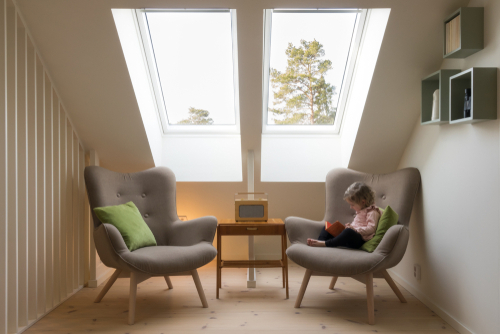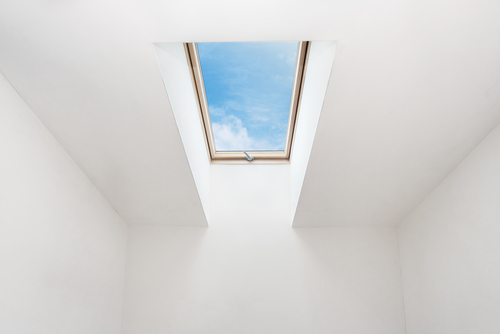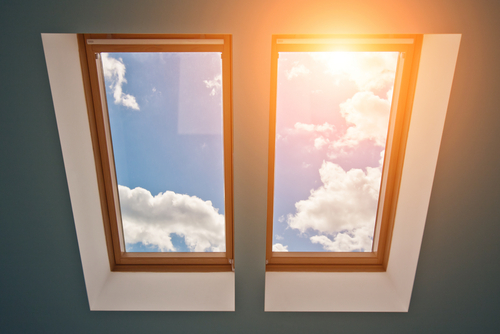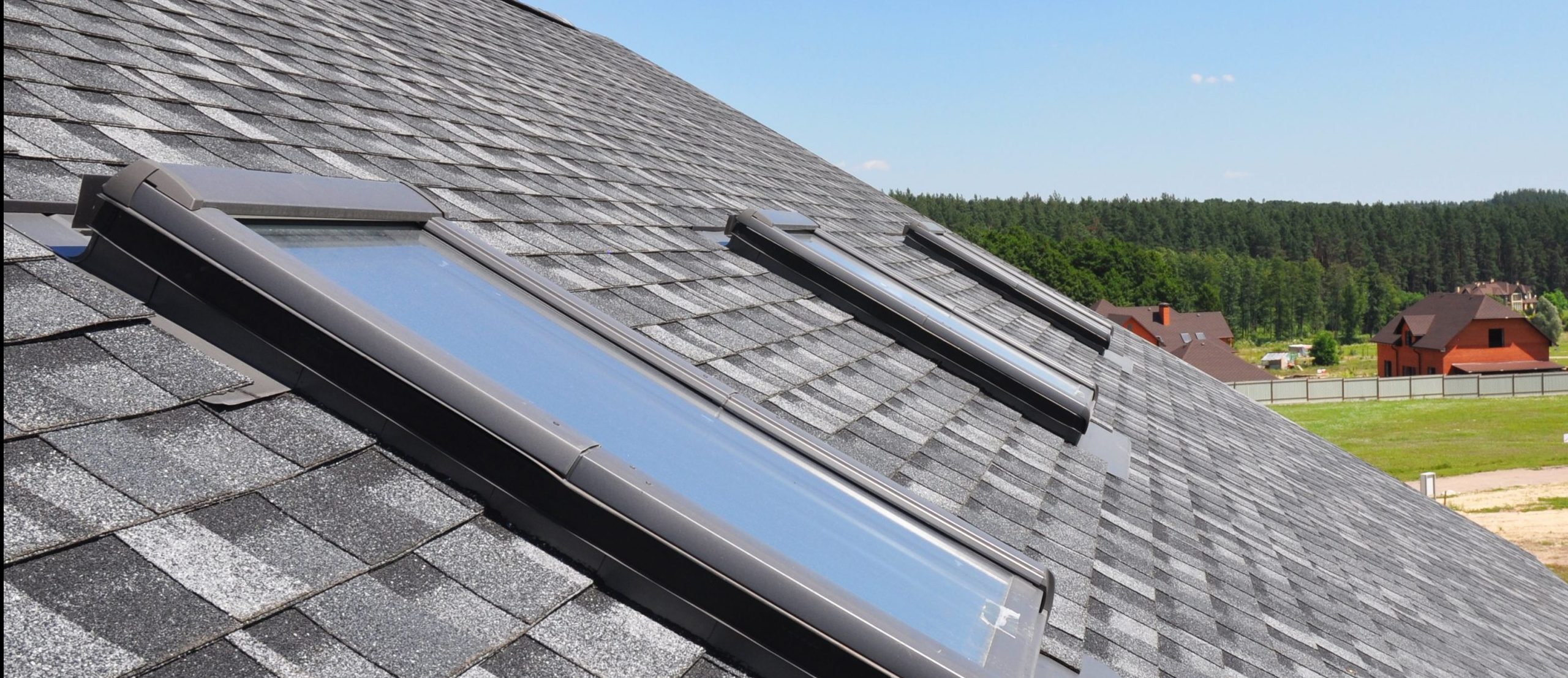Roof skylights are an excellent way to bring more natural light into your home and create a brighter, more inviting space.
With so many different types of skylights on the market, it can be a challenge to determine the right one for your home. In this article, we’ll explore the different types of skylights available and help you pick the best one for your needs.
Fixed Skylights
Fixed skylights are a popular option for homeowners looking to add natural light to their home without any additional ventilation. As the name suggests, these roof skylights do not open, which means they are ideal for rooms where ventilation isn’t a priority, such as staircases or hallways.
Fixed skylights are available in a variety of shapes and sizes including square, rectangular, circular, and oval. They are also available in different materials including glass, polycarbonate, and acrylic.
One of the main benefits of fixed skylights is that they are often more affordable compared to other types of skylights, making them an ideal choice for homeowners on a budget. Along with this, they are easy to install and require very little maintenance.

Ventilating Skylights
If you are looking for a skylight that lets both natural light and fresh air into the space, a ventilating skylight might be the right choice for you. Ventilating skylights can be opened either manually or electronically, allowing you to control the amount of air and light that enters your home.
Electronic ventilating skylights are an especially convenient option, since they can be operated by remote control or a smartphone app. This makes it easy to open or close the skylight from anywhere within your home.
Some ventilating skylights also come with built-in rain sensors, which will automatically close the skylight if it begins to rain. This is an important feature to consider if you live in an area that gets a lot of wet weather.
Tubular Skylights
Tubular skylights or sun tunnels are a type of skylight designed to direct natural light into your home using a reflective tube. This tube is usually made from reflective material such as aluminium and is installed between the roof and the ceiling.
Tubular skylights from Roof Window Outlet are ideal for rooms where a traditional skylight might not be practical, such as in small bathrooms, hallways, or closets. They are also an ideal option for homeowners who want to bring more natural light into their home without sacrificing privacy.
One of the main advantages of tubular skylights is that they are incredibly energy efficient. The reflective tube helps to redirect sunlight into your home, which can help you reduce reliance on artificial lighting and lower your energy bills. Shop sun tunnels and more at the Roof Window Outlet.

Glass Skylights
If you want to add more natural light to your home while improving its aesthetic appeal at the same time, glass skylights are a popular option to consider. They are available in a wide range of styles and designs, including flat, domed, and pyramid.
One of the main advantages of glass skylights is that they offer excellent visibility and clarity, which means that you can enjoy a clear view of the sky above your home. Along with this, they are incredibly durable and long-lasting, making them an ideal investment.
One of the main things to consider when choosing a glass skylight is the type of glass used. Some skylights use tempered glass, which is designed to shatter into small, rounded pieces of it breaks. This can help with preventing injuries in the event of an accident. Other skylights use laminated glass which is designed to hold together if it breaks. This can be a safer option if security is something you’re concerned about.
Polycarbonate Skylights
These skylights are a popular choice for homeowners who want a skylight that is both durable and cost-effective. They are made from a thermoplastic material that is shatterproof, lightweight, and resistant to impact.
One of the benefits of polycarbonate skylights is that they are available in a wide range of colours, allowing you to easily choose a skylight that complements your home’s style and design. Along with this, polycarbonate skylights are often more affordable than glass skylights, which makes them ideal for homeowners on a budget.
One of the main things to consider when choosing a polycarbonate skylight is the level of insulation that it provides. Some polycarbonate skylights may not be as energy efficient as other types such as glass skylights, meaning that you may need to rely more heavily on your central heating system.
Domed Skylights
Domed skylights are a type of skylight designed to provide a wider view of the sky and allow more natural light into your home. The skylight has a curved shape, which helps to redirect sunlight into your home, meaning that you can enjoy more natural light throughout the day.
Domed skylights are also available in a range of shapes and sizes, so you can choose one that fits the unique design and architecture of your home. Along with this, domed skylights are often more durable in comparison with flat skylights, meaning that they may be better able to withstand harsh weather conditions.
As with polycarbonate skylights, you should also consider the level of insulation provided when choosing a domed skylight.
Choosing the Right Skylight for your Home
It’s important to consider a variety of factors when choosing the right skylight for your home:
- Home needs: Consider the specific needs of your home before selecting a skylight. For example, if you need additional ventilation, a ventilating skylight might be the best option for you. On the other hand, a sun tunnel or tubular skylight might be more effective if you want to bring more natural light into a small and enclosed space.
- Energy efficiency: Choose a skylight that is energy efficient, as this will help to reduce your carbon footprint and energy bills. Check the energy efficiency rating if available.
- Location: It’s important to think about where the skylight will be located on your roof. For example, a south-facing skylight will receive the most direct sunlight, making it an ideal choice for maximising natural light in your home. East-facing skylights are best for getting natural light in the morning, while west-facing skylights are ideal for light in the afternoon. A north-facing skylight will receive the least direct sunlight and are best for rooms where ventilation, rather than light, is the main priority.
- Quality: Look for a skylight that is of high-quality, since a poorly made skylight can lead to draughts, leaks, and other issues. Choose a skylight that is backed by a warranty and made by a reputable manufacturer.
- Installation: Finally, make sure that your skylight is installed correctly to ensure its longevity and effectiveness. Hire a professional who has experience with skylight installation.

If you are not sure about which skylight is right for your home, it might be useful to consult with a professional skylight installer or contractor. They can help you evaluate your options and pick a skylight that will meet your specific needs and preferences.
Roof skylights are an excellent way to bring more natural light and ventilation into your home. With so many options available, it’s important to give yourself plenty of time to research, consider your home’s needs, and find the best option for you.





